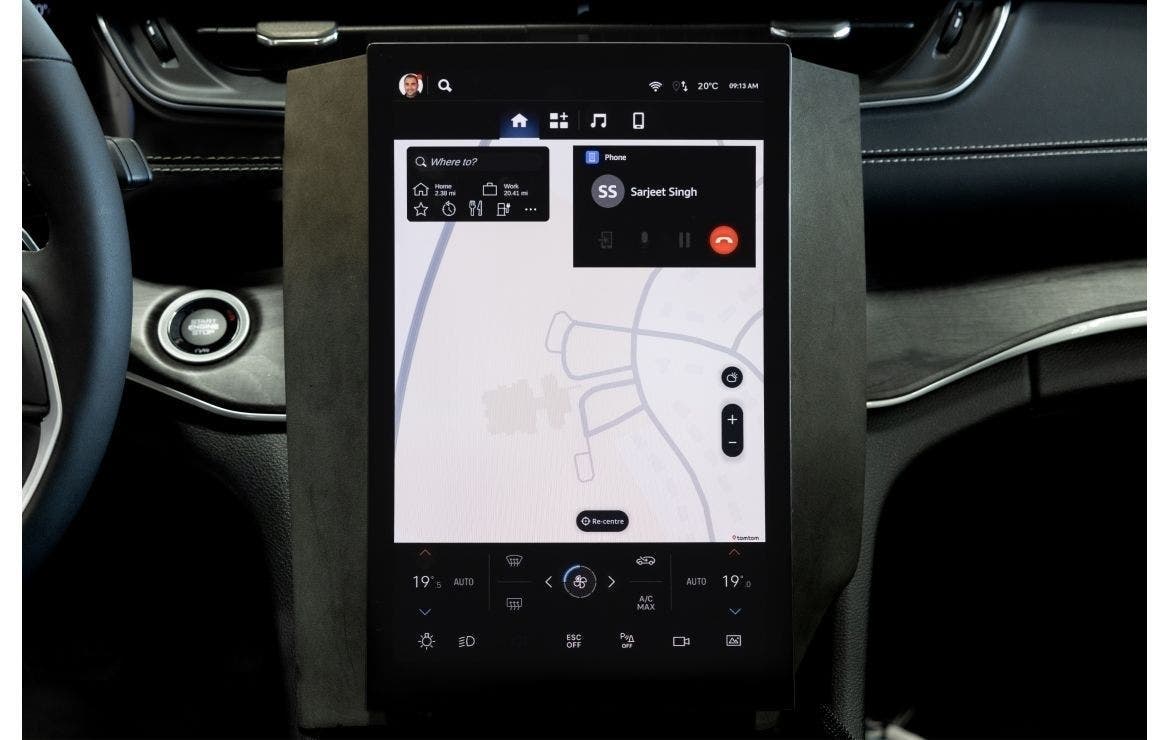Cost-cutting across the board, a necessity that the automotive group has already shown to be a clear priority. The 2024 results, for a substantial portion of Stellantis’ 14 brands, have disappointed management’s expectations. However, with all this cutting, the consequences on some details are quickly becoming apparent.
Stellantis faces software issues amid cost pressures

Stellantis is adopting a strategy aimed at reducing costs by transferring software development to countries with cheaper labor, such as India, Morocco, and Romania. According to company sources, for commercial vehicles, the software is developed by subcontractors, like CapGemini, in these areas. However, the series of steps on this technological front risks compromising the product’s result for the consumer. The process requires subsequent debugging in France, increasing the risk of errors.
This globalization model, necessary for a giant like Stellantis, brings significant challenges, including inefficient communication and inadequate skill transfer between Western and offshore teams, leading to delays and potential operational chaos.
If these problems don’t seem sufficient to indicate software issues, another critical aspect is the pressure on research and development timelines. The push to accelerate new technology implementation often compromises software quality. This generates errors that need correction in the final production phases, negatively impacting costs and timelines, from production to customer delivery.
Yves Bonnefont, head of Stellantis’ software unit, is leading the department’s reorganization, trying to develop a system that meets the requirements of the group’s various brands while keeping costs contained. According to an internal analysis, the only way to save money in programming would be to move work to low-cost countries. This approach reminds of choices made by Boeing a decade ago, with decidedly questionable results in terms of quality and delays.
Stellantis’ difficulties were recently seen with the Citroen e-C3 case, whose software was completed late, causing functional problems reported by customers and media. The rush to meet subsidy deadlines led to early deliveries, but with incomplete software that generated complaints. Balancing efficiency and quality isn’t easy, but customer trust is at stake.

